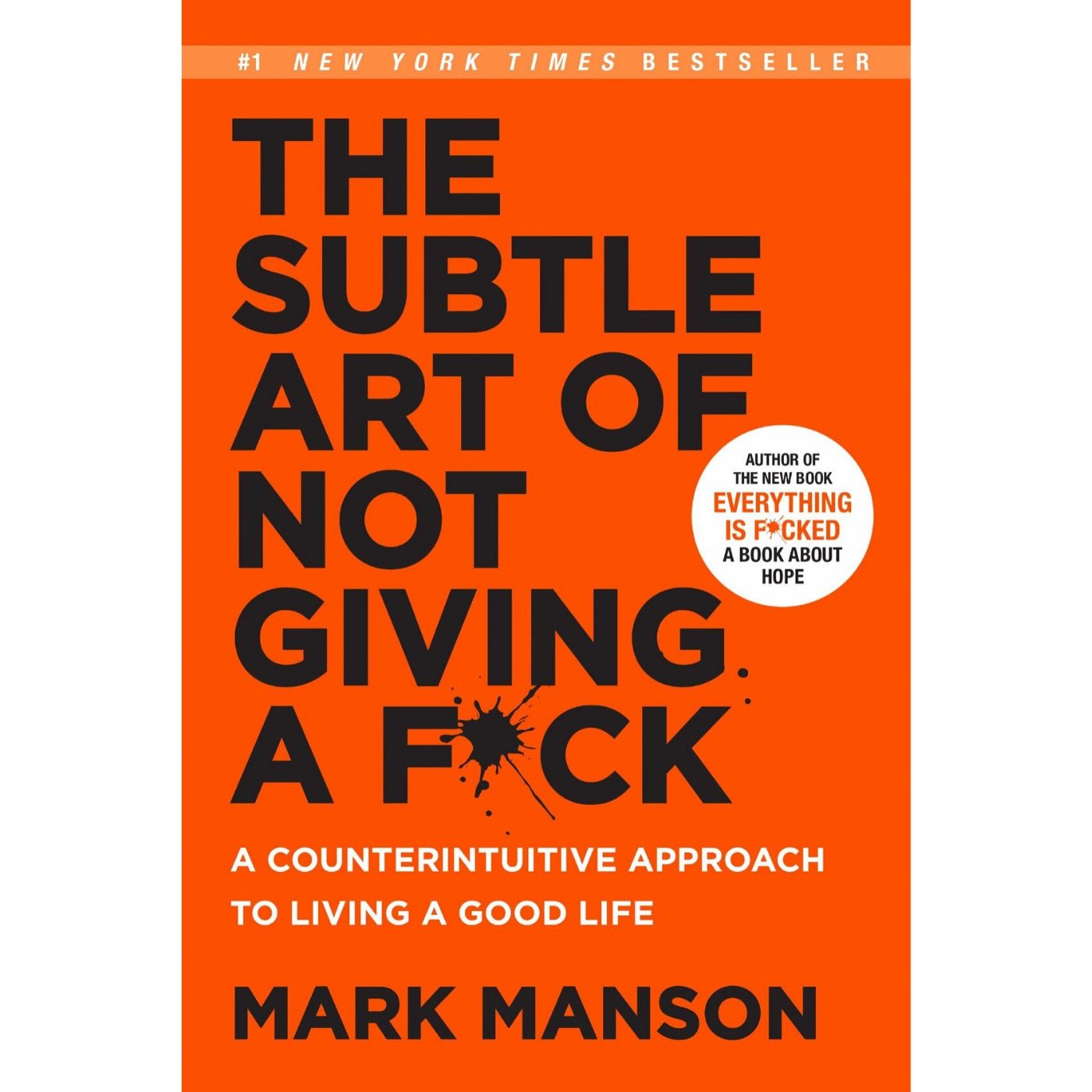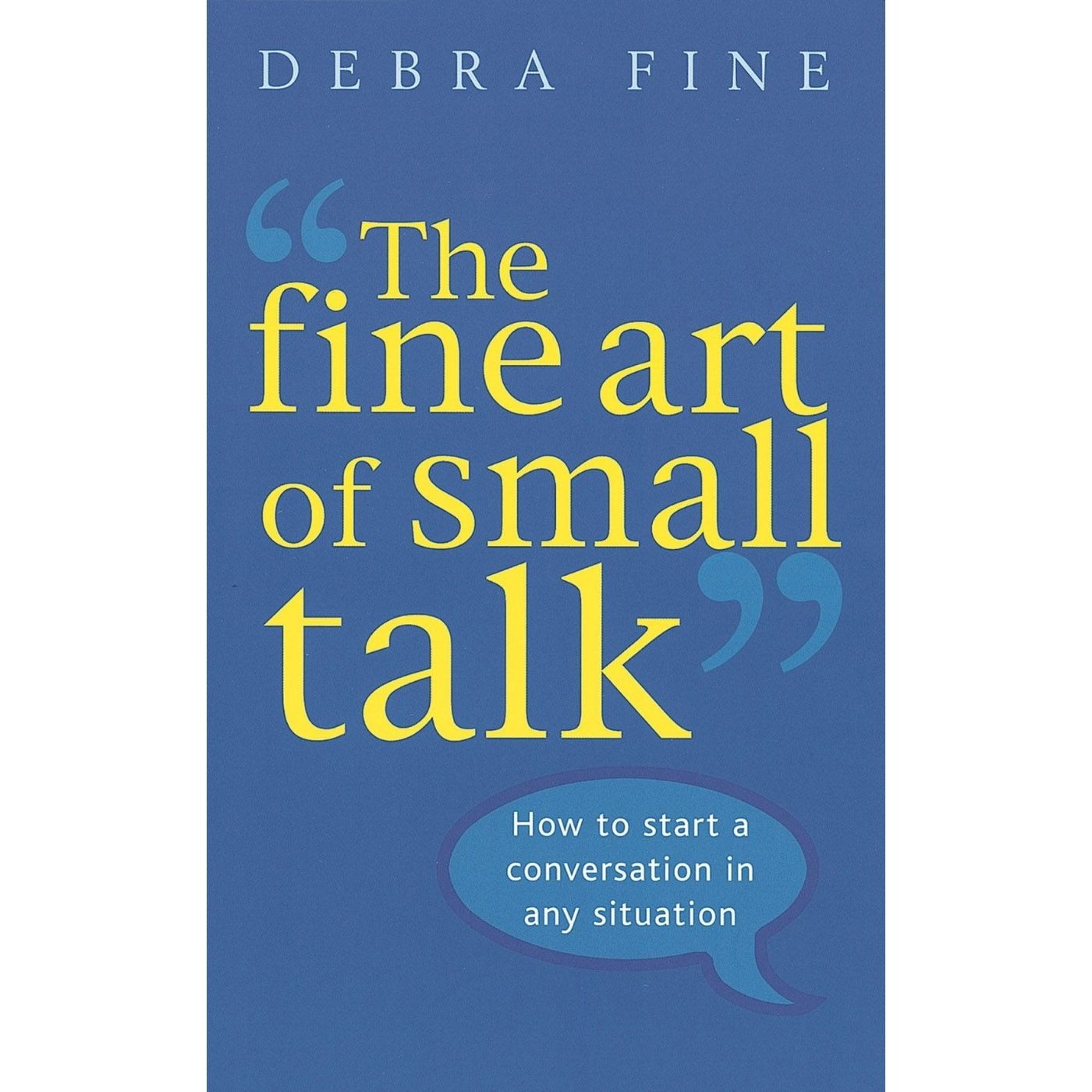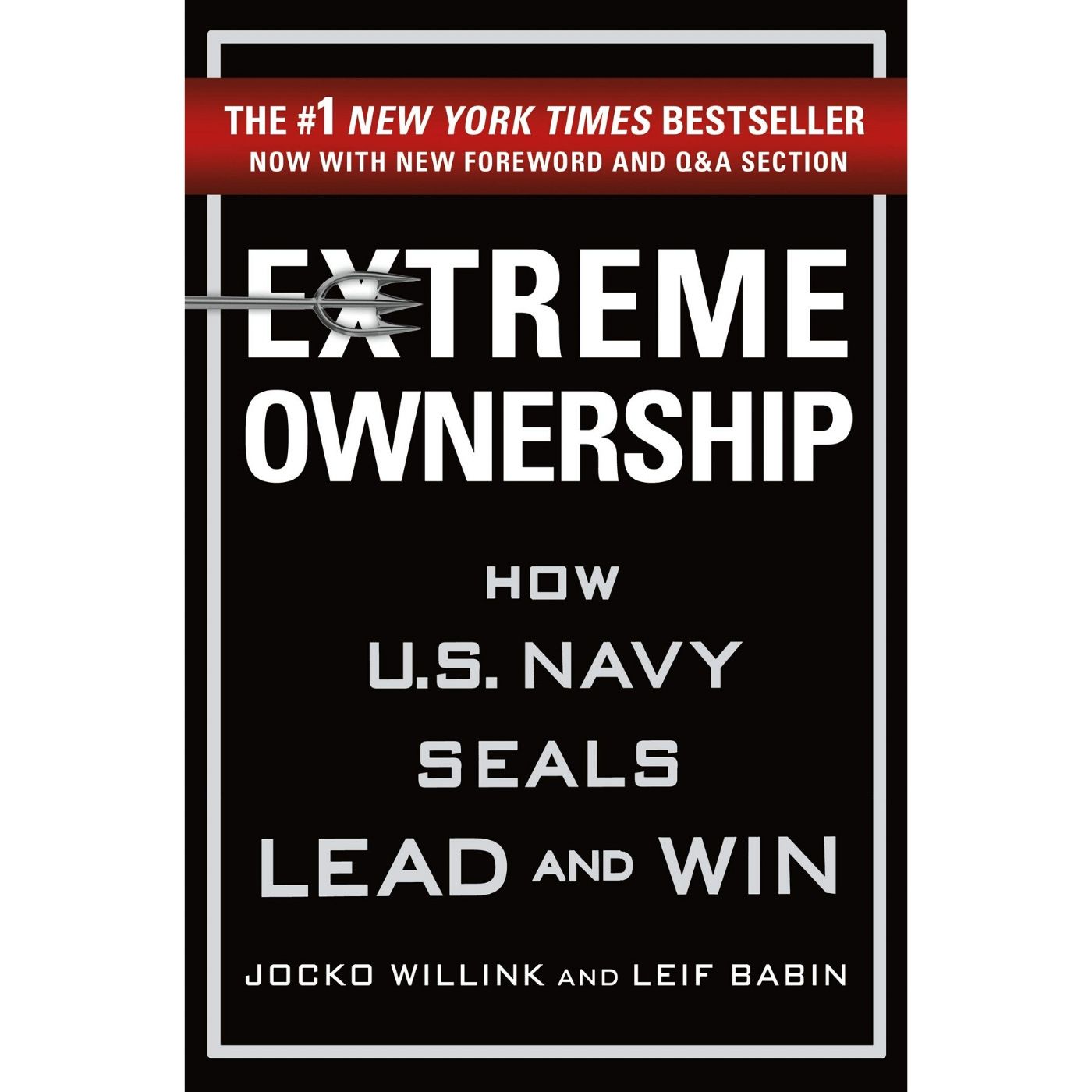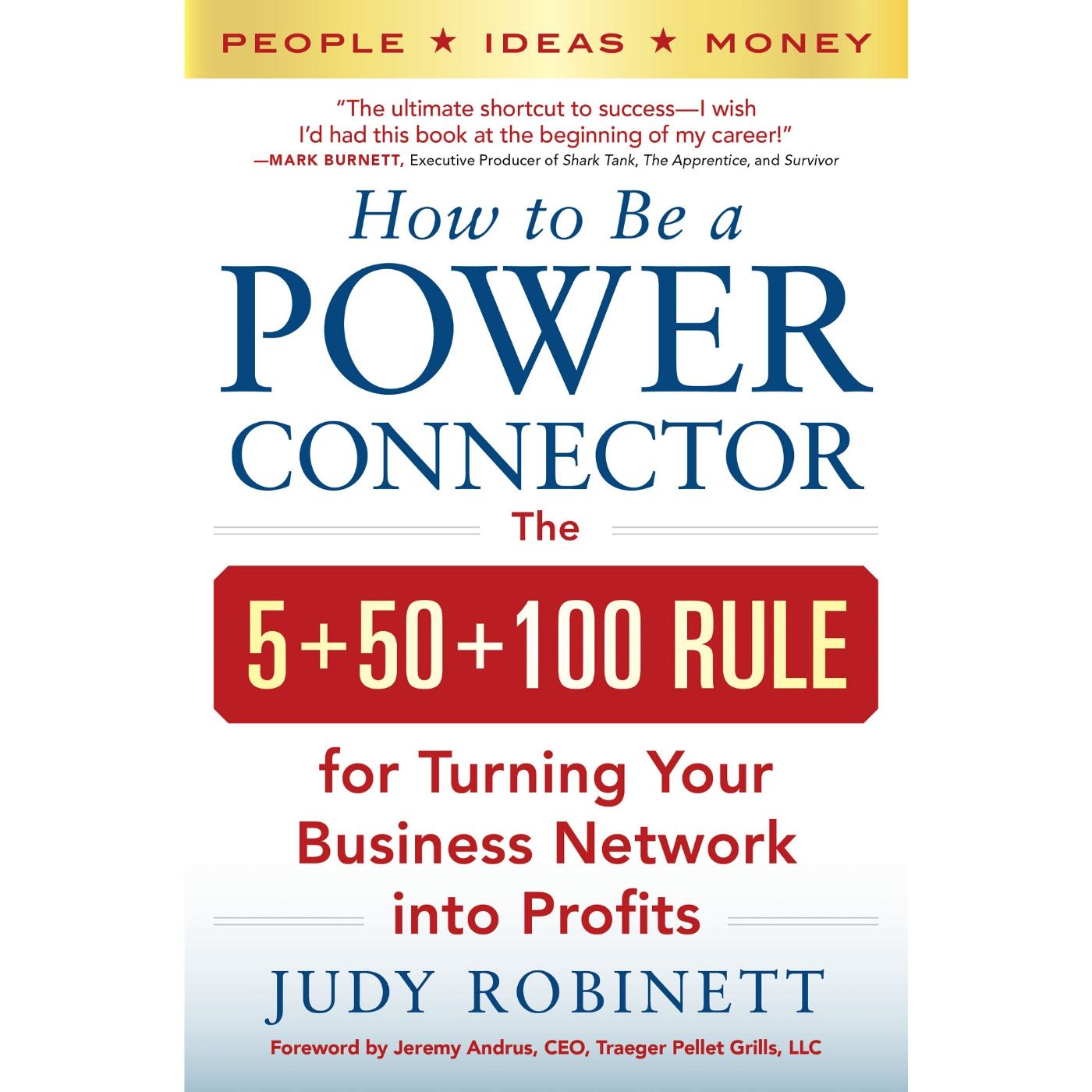The Subtle Art of Not Giving a F*ck by Mark Manson

Table of Contents
The Subtle Art of Not Giving a F*ck by Mark Manson is a book taking a different swipe at the topic of self-help.
The gist of the book is about how we should stop trying to be positive in our pursuit of a happier life. Instead, we should learn how to accept our weaknesses and stomach the lemons life throws at us.
You will learn the concepts behind negative self-help, and the book makes the process fun.
The Subtle Art of Not Giving a F*ck Summary
The Subtle Art of Not Giving a F*ck starts off with Manson reframing self-help for readers who are after growth, success, and happiness. It throws common personal development concepts such as be happy and positive out of the window.
Next, it goes on to deliver one paradigm shift after the other for things we face every single day – problems, pain, love, growth, uncertainty, motivation, commitment, and finally, death.
At the end of the book, how you look at the pursuit of happiness and success will change.
Lesson 1: The Paradox of Positivity and Self-Help
Look at all the bestselling self-help books, personal development courses, and motivational seminars. We get attracted to them because we want to feel better about our shortcomings and failures.
For example, we pick up a book on how to make more money because we feel we don’t have enough money. We repeat affirmations in front of a mirror to tell ourselves we are beautiful because we feel we’re not.
According to “The Backwards Law” by philosopher Alan Watts, the more you want to feel better about something, the less satisfied you become. When you are pursuing something, the thought of not having enough of the thing you’re pursuing grows.
Don’t try to avoid negative experiences or suffering. It is a struggle on its own. To achieve anything worthwhile in life, you must always go through the negative experiences that come with it.
To be confident, you must be open about your insecurities. Suffering through your biggest fears makes you braver. And honest confrontations generate trust and respect in relationships.
Lesson 2: Solving Worthy Problems for Happiness
We get a gym membership to solve a health problem. But along with the solution, we open up a slew of new problems. We need to find out how to get to the gym, which workout to do, how to lower the risks of getting injured, how to stay productive at work after the workout, and many more.
Once you are fit and healthy, new problems will start to emerge. Maybe your monthly savings are now lower because you’re spending more on supplements and healthy food items. Your partner might get jealous because you’re spending more time at the gym than with her.
Problems are a constant in life. You cannot avoid them. Instead, focus on solving them. You experience true happiness when you are tackling problems you enjoy having and finding solutions for.
When we just focus on seeking happiness, we keep looking for the “something else” – the new job, the bigger house, the next side project, or the better partner. Psychologists call this the hedonic treadmill. Despite a change of fortune or achievement of goals, the happiness level of the person experiencing this will remain stable.
The better questions to ask ourselves are:
- What pain do you want in your life?
- What are you willing to struggle for?
When you decide to experience these pains, struggles, problems, and then find ways to solve them, you’ll experience ultimate satisfaction and true happiness.
Lesson 3: True Measurement of Self-Worth
We often measure ourselves by the positive experiences and successes we had. These include our achievements at work, being in the center of attention, or the material items we can afford.
According to Manson, however, the true measurement of self-worth is how we feel about our negative experiences.
If we have high self-worth, we will pinpoint what’s bad about our character and take action towards fixing or improving it. Measuring your self-worth this way keeps you grounded and allows you to improve your life in a lasting or meaningful way.
Lesson 4: Ditch Bad Values
In one chapter of the book, Manson listed down the characteristics of both good and bad values.
Good values are:
- reality-based
- socially constructive
- immediate and controllable
On the other hand, bad values are:
- superstitious
- socially destructive
- not immediate or controllable
Some examples of bad and unhealthy values are:
- dominance through manipulation or violence
- being liked by everybody
- being rich for the sake of being rich
Choosing our values has an impact on how we choose what to focus on. Upholding a set of good values allows us to focus on what improves our well-being and brings along happiness, success, or pleasure.
Lesson 5: Accepting Responsibility to Solve Problems
Sometimes, we feel powerless in the face of a problem. We then start to complain or blame everything and everybody else.
When this happens, remember this sentence:
“You always get to choose.”
You have the power to choose how you see things, how you react to things, and how you value things. Yes, somebody else might be the cause of your misery, but they are never responsible for your unhappiness.
Choosing to be responsible grants you the much-needed power to solve a problem. This is even more true when you are a leader, as explained in the book, Extreme Ownership.
Lesson 6: Embrace Uncertainty for Finding Yourself
Uncertainty is a big part of growth. We cannot learn if we know it all. Learning opportunities appear only when we admit we don’t know.
The same applies to the search for our identity.
Too often, we lock ourselves into a role or with an identity. We call ourselves an expert on a subject, feel bad about a specific weakness, or set our sight on a version of success.
“Knowing yourself” or “finding yourself” is dangerous,” Manson argues. When we build walls around our identity, we stop discovering more about ourselves. We will avoid anything with the ability to threaten our existing identity.
Measure yourself broadly. Don’t label yourself as a subject matter expert, undiscovered talent, or an award-winning prodigy. Avoid calling yourself a victim or a failure in a certain aspect of life. Instead, measure yourself by mundane identities such as a partner, student, friend, or creator.
Lesson 7: Action Leads to Motivation
Motivation is something many of us seek to get started with a to-do or project. Just look at the view count of any motivational videos on YouTube.
In our heads, motivation leads to action. It’s true, but that’s only one part of the cycle. The full cycle looks like this:
Inspiration –> Motivation –> Action –> Inspiration –> Motivation –> Action
And it keeps repeating.
As you can see, actions trigger inspiration, which then motivates you to continue the cycle.
Take a small action the next time you’re stuck in a rut. Want to write 1,000 words? Write a sentence. Want to ask someone out? Say hi with a simple text message. Want to walk 10,000 steps? Get out of the house.
Lesson 8: Reject Alternatives for Meaning in Life
If you are someone who suffers from the bright shiny object syndrome and loves to travel, you’ll love this takeaway.
Travel is an amazing thing to do. It opens your eyes and shows you different sights, cultural values, and societal norms. You can revisit how you have been living, and figure out how to integrate the learnings and values you discovered during your travels into your life.
The same goes for giving everything a try and seeking a wide variety of experiences. However, chasing after a breadth of experiences stops us from getting a taste of the depth of experience.
While it can be fun to try out many new things, there are countless benefits for people who choose commitment. And these benefits are only available when you are not jumping from one new thing to the next.
For example, achieving mastery in a skill is impossible if you are always switching from one learning project to the other. Unconditional love and support from a partner through thick and thin is unlikely if you cannot commit to a relationship.
Getting the breadth of experience is helpful when we are learning about ourselves, but the depth is where the gold is. Reaching it requires commitment.
Lesson 9: Healthy Relationships Have Boundaries
Towards the end of the book, Manson brought up the topic of relationships.
In this chapter, he puts forth the two factors determining the health of a relationship:
- how well each person in the relationship accepts responsibility
- each person’s willingness to reject and be rejected by the other
In a healthy relationship, people set boundaries and solve their own problems. It’s not a good thing when there is a victim in the relationship who keeps creating more problems to solve or a saver who tries to solve everything, including the problems of the other person.
It is impossible for two people in a relationship to fully accommodate each other. Both must allow each other to say and hear no. If they cannot discuss their differences honestly and openly, manipulation and misrepresentation will seep into the relationship, making it toxic.
Lesson 10: You Will Die, Think About It
All of us will die. It is inevitable. I think of it once in a while, and it scares me.
According to Ernest Becker, an American cultural anthropologist and author of the 1974 Pulitzer Prize-winning book, The Denial of Death, we compensate our fear for the loss of our physical self by constructing a conceptual self, a self that lives on after our passing.
This urge to be remembered pushes us to do things such as spending time with our children or friends, lending a helping hand to others, and building a legacy through our work.
When you accept your inevitable death and how fragile life is, everything becomes easier. A lot of what’s happening around you will no longer matter. What’s left? Those worthy enough for you to give a f*ck about.
Review
The Subtle Art of Not Giving a F*ck is worth reading if you want another perspective on personal development.
Mark Manson’s witty and humorous writing style will keep you glued from one page to another, as it rewires how you think about pain, growth, and relationships.
It doesn’t go deep into the concepts, but a lot of what’s mentioned in the book will come across as painful truths, especially if you are new to personal growth.
Buy the Book
Want to dive deeper into the concepts above?
Head over to Amazon to get yourself a copy of The Subtle Art of Not Giving a F*ck by Mark Manson.
Join the Newsletter
Every two weeks, you will receive an email from me with interesting content pieces or products that I stumbled upon, as well as my latest essays.
No spam, ever. Unsubscribe at any time.

